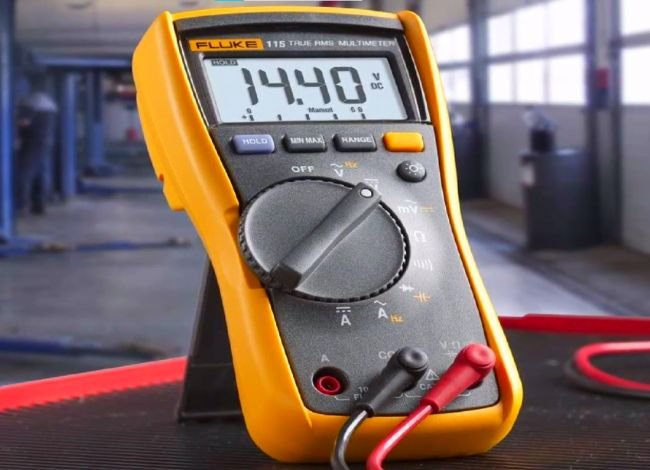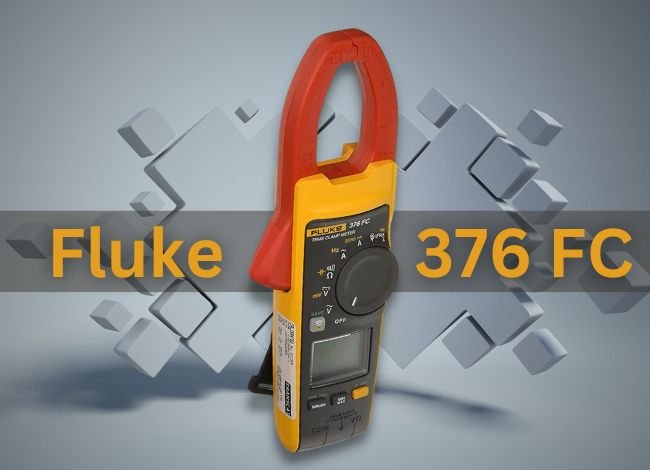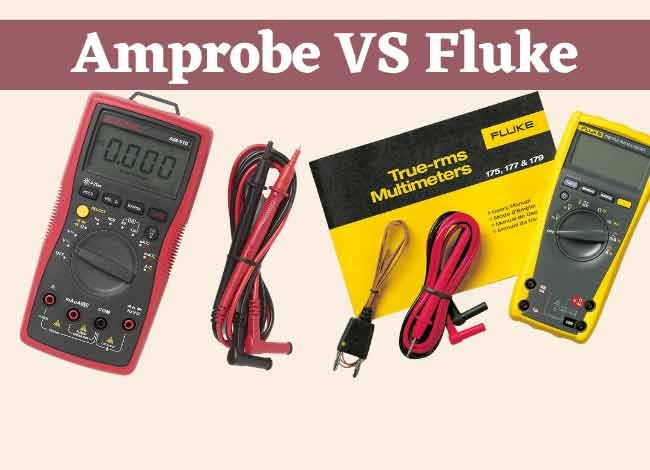Last Updated on December 4, 2022
Even with the advancement in technology, analog multimeters are still relevant in the market. Digital multimeters may be the most popular, but some people would rather use analog for their own good over advanced multimeters. Which one should you buy? This question-answer depends on this question: What is your purpose for using a multimeter?
Differences: Analog VS Digital Multimeter
So, which one is good for you – Analog or Digital? Both have some advantages and disadvantages.
Analog Multimeter Advantages
Digital multimeters may be very popular nowadays, but analog multimeters are still very relevant and vital for various reasons. The main difference is how they display results for those who are not familiar with analog and digital multimeters. Analog meters have a needle that swings across the calibrated scale, while the digital multimeter has an LED display.

Faster Outcome
One of the biggest advantages of analog meters is that they provide outcomes faster when compared to digital types. The quickness in the display of results assists electricians who are inspecting the continuity of different wires at once. Another group that will appreciate this is those individuals measuring transitory voltage.
Related article: The best way to test a car battery with a multimeter
Long-Lasting
Another advantage of using analog multimeters is that they don’t break down easily the way digital meters do. Since they don’t have sensitive electronics like LED displays, analog devices provide durability, consistency, and accuracy. The main point is that the meter should be able to deliver accurate and precise results, and the price shouldn’t be a big deal. This is one of the reasons people still use analog multimeters, even with the popularity of digital meters
Why do lots of people think the Analog multimeter is outdated?
The main reason why people choose digital meters over analog is due to the needle and coil used to read the info. The needle is very sensitive and delicate to vibrational shocks. This means that the needle is very sensitive, and a slight vibration may cause the calibration to go out or damage the coil and needle altogether. However, you can relieve this condition by placing the unit into a plastic or rubber casing. This is just a preventive measure and not a guarantee that it will not be damaged.
The second challenge with using an analog multimeter is that it consists of various scales with different values. Hence, if you don’t know how to read the meter properly, you won’t be in a position to read the meter correctly. This is not the case with digital devices as they display the actual value making it easy to read and interpret the results. Additionally, the lack of decimals is another challenge with analog devices. It will be hard to determine the below-zero values of the unit.
A Digital multimeter is an ALL-IN-ONE Tool.
A digital multimeter is one of the common tools that you will find a technician with. They are used to measure current, voltage, and resistance. Digital multimeters (DMM) replaced needle-based analog devices and brought a whole new feature of accuracy and precision. Moreover, DMMs are extremely reliable and have more impedance. Instead of having separate tools, a digital multimeter combines features of different devices just in one tool. For instance, you can test capacitance, temperature, voltage, resistance, diodes, current, etc. Fluke 87V, Fluke 289, and Klein CL800 are some of the most advanced multimeters available on the market.

Advanced Feature of DMM
A good number of DMMs come with various measurement symbols with advanced features, which are ideal for technicians who require specialized instruments. Many DMMs have a front side with four parts. These are the display, dial, buttons, and input jacks. The leads are normally made up of two insulated wires that plug into the device and serve as a conductor from the object that’s being tested to the meter. Red is for a positive and black one for a negative.
Operating a digital multimeter is easy. In digital multimeters, the meter’s resolution helps the user determine if it’s possible to detect a small change in the signal. Resolution is used to describe the sensitivity of a certain unit. For instance, if a multimeter has a resolution of 5mV in the 20V range, it indicates that you will be in a position to discover a change of 5mV while reading 1V.
Why is a digital multimeter better?
The latest DMMs are great when it comes to sensitivity and precision. That’s why many multimeter users go for digital multimeters instead of analog meters when accuracy is highly needed. Also, a good number of these devices are versatile and have an auto-ranging feature that saves you a lot of time. Finally, you can either set the digital multimeter manually or automatically. It all depends on your preference.
Related article: Multimeter VS Ohm Meter: Which One is ideal for electricians?
How to use a multimeter?
Both digital and analog testers have similar basic functions and operations. Usually, the tester comes with two leads which are red and black, and three ports. The red can be plugged into different ports depending on the function, while the black lead is particularly plugged into the common (COM) port. To perform any test, you have to plug in the leads, then turn the knob in the middle of the tester to select the function and appropriate range for the question test.
To record a reading, you should touch the bare metal pointed end of every lead to one of the terminals to be tested. The value will be read out by the tester. These meters are safe to utilize on energized circuits and equipment, as long as the current of voltage doesn’t go beyond the maximum rating of the tester. Furthermore, it would be best if you never touched the bare metal ends of the tester leads to an energized test.
Which one should you buy? Analog or Digital Multimeter?
I would recommend a digital multimeter as it is very easy to measure AC/DC current and perform various functions. On the other hand, an analog multimeter is great for detecting slow voltage changes as you see the scale move. The choice is yours. Choose a multimeter that meets your needs perfectly.



